
In this blog, I will continue to discuss “Memory and Retrieval cues,” which embodies in daily life very often. In blog 2, I concluded three main types of retrieval cues: context-based, perception-based, and state-based. Based on this, I will further explore how to exert these cues to improve memory retrieval and help human remembering in daily life. In blog 3, there will be three experiments together with interviews with participants to test my hypothesis of application.

To test it, I invited two of my classmates to recite a part of Chinese prose done by Qu Yuan. One of them was provided with both scripts and the auditory material matching each sentence. While, the other just had the text. After 30 minutes, they were asked to write from memory.
Surprisingly, the student with song did much better on retrieval. According to his interview, he said he could remember better due to melody and emotion associated with texts which helped him to better understand and recall them later.


Three students with similar memory capability were asked to do a test demanding them to remember 15 new Korean words. Lily revised for it in the same classroom; Eva in a quiet study room of the main library; Emily in the Starbucks. [take example by Godden& Baddeley (1975)] They all started to recite the words on Sunday, and the test was on Monday morning in class. The test scores show that they had similar accuracy, which could not prove the hypothesis to some extent. During the interview, I asked about their feeling while retrieving the memory of new words, where their answers gave me insights.
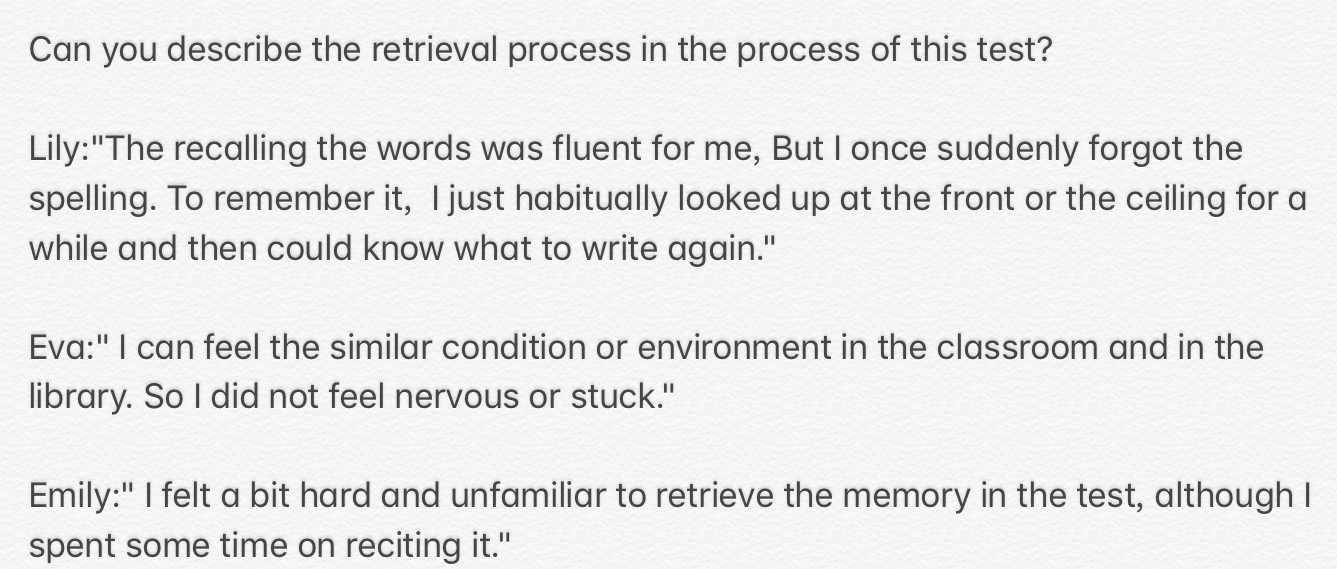
Then, I changed the test spot twice and saw the difference. Therefore, encoding in the same room or a room with the similar surrounding to the retrieval place can improve memory retrieval through context-based cues unconsciously.
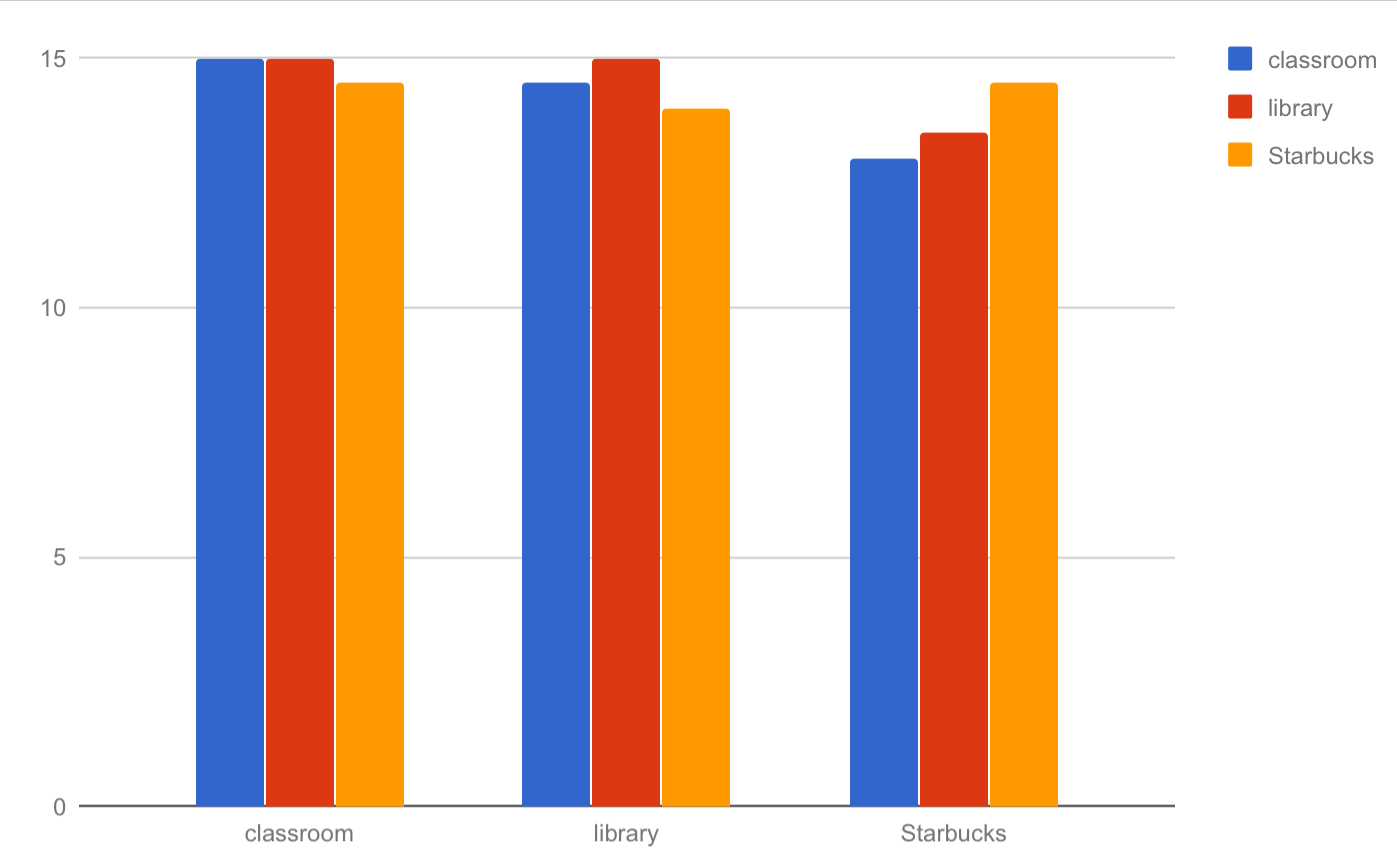


In the test, three people are asked to remember a shopping list in a happy (A), ordinary (B) and sad mood (C) by listening to different music or without music. Then, after calming down, they are asked to write items down.

The first-round result is B (15)>C (12)>A(10). Then, AC were provided with comedy and tragedy respectively to stimulate positive and negative emotion again, which turned out that they performed better than before and than B. Therefore, if there is a task related to remembering, people can make it state—dependent and try to return the same state to obtain better retrieval.
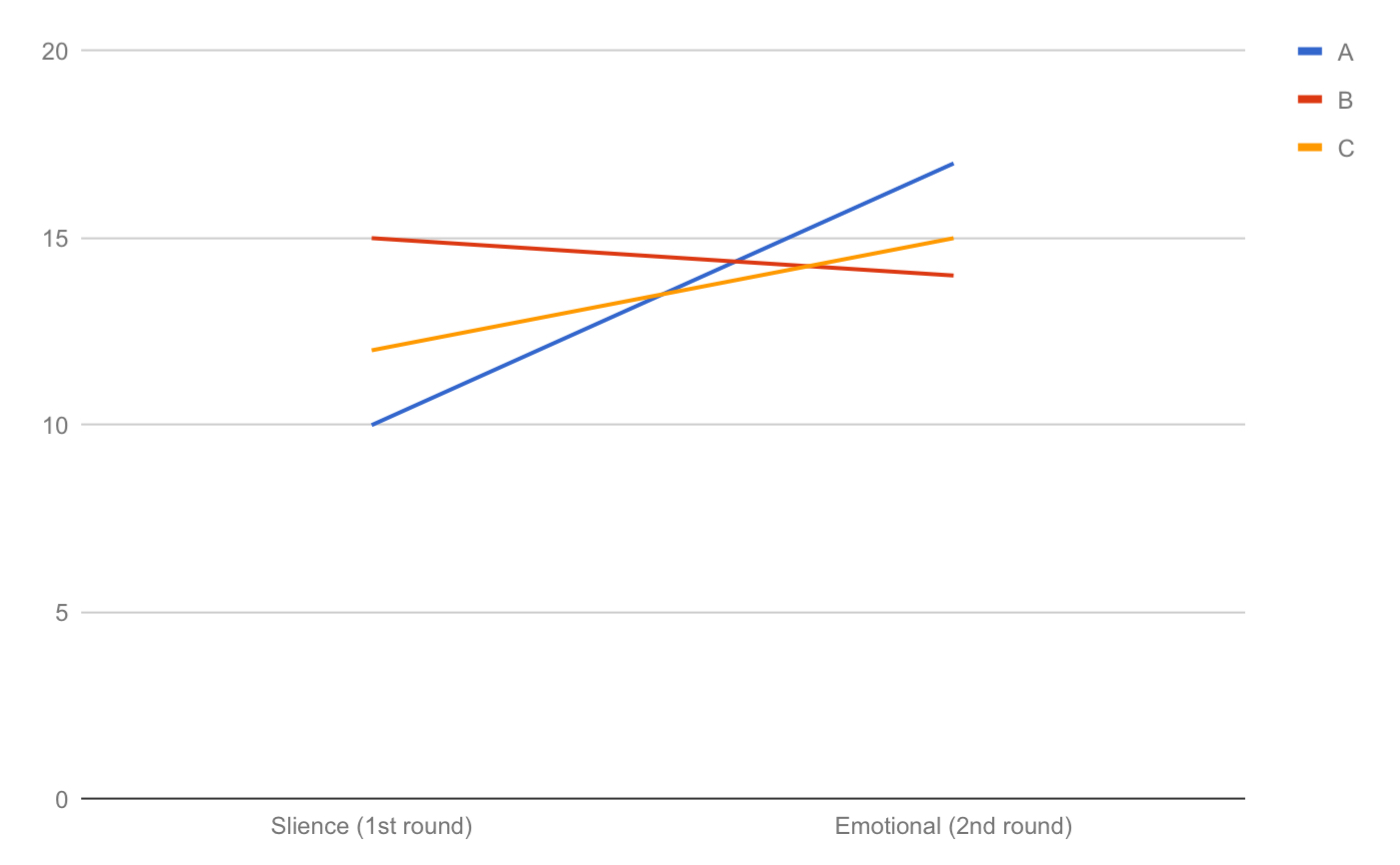

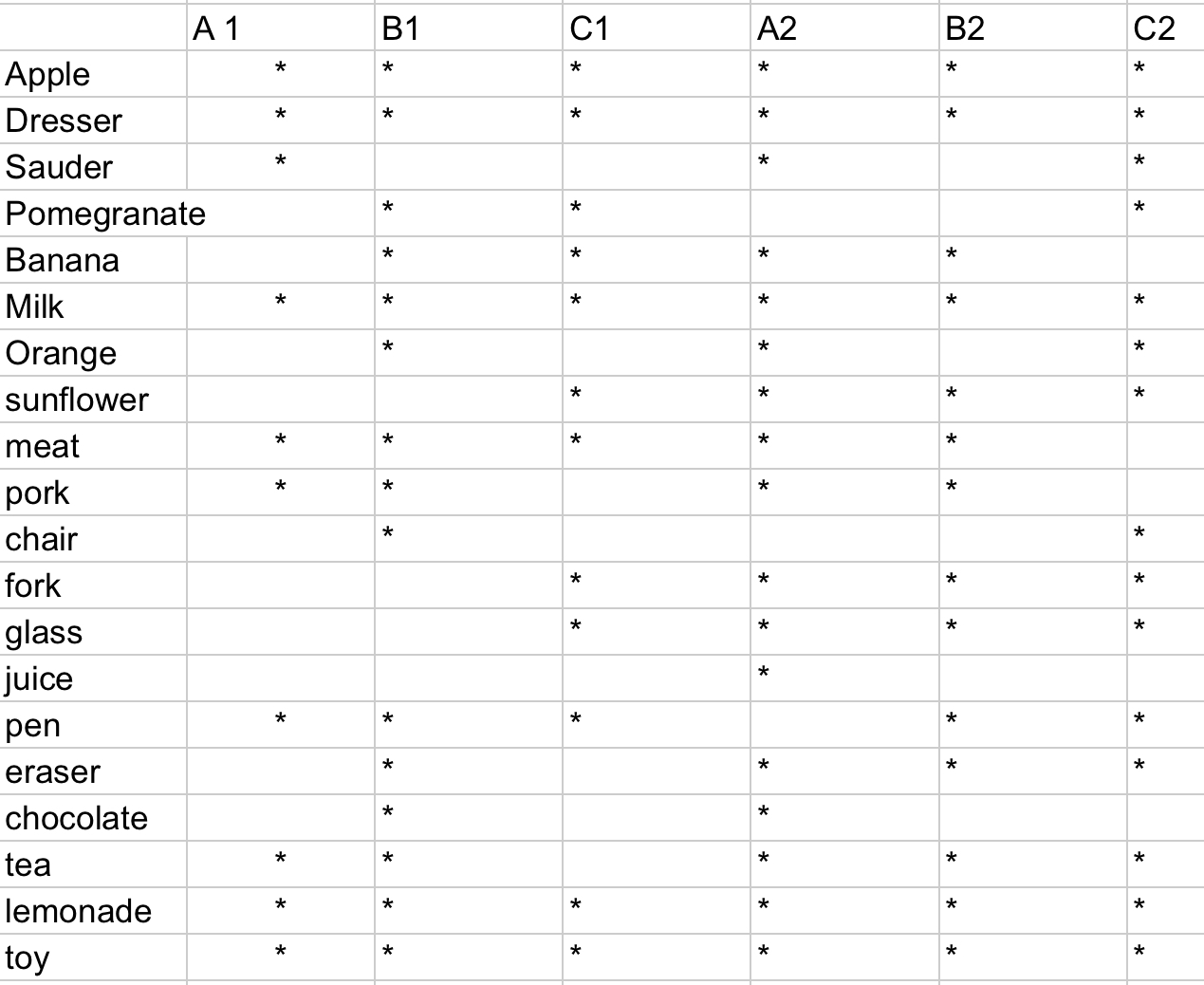
Till now, I did not talk about the application of perception-based cues. This is because it is hard for people to consciously control perceptual cues for retrieval improvement, which was mentioned in the lecture.
To conclude, through activating more cues to one memory, it will be much easier for people to complete the retrieval process; staying in the same or similar environment can facilitate the memory retrieval; last but not least, doing the recitation task in the same state can generate better results of remembering. Besides, the influence of order on retrieval needs more research.
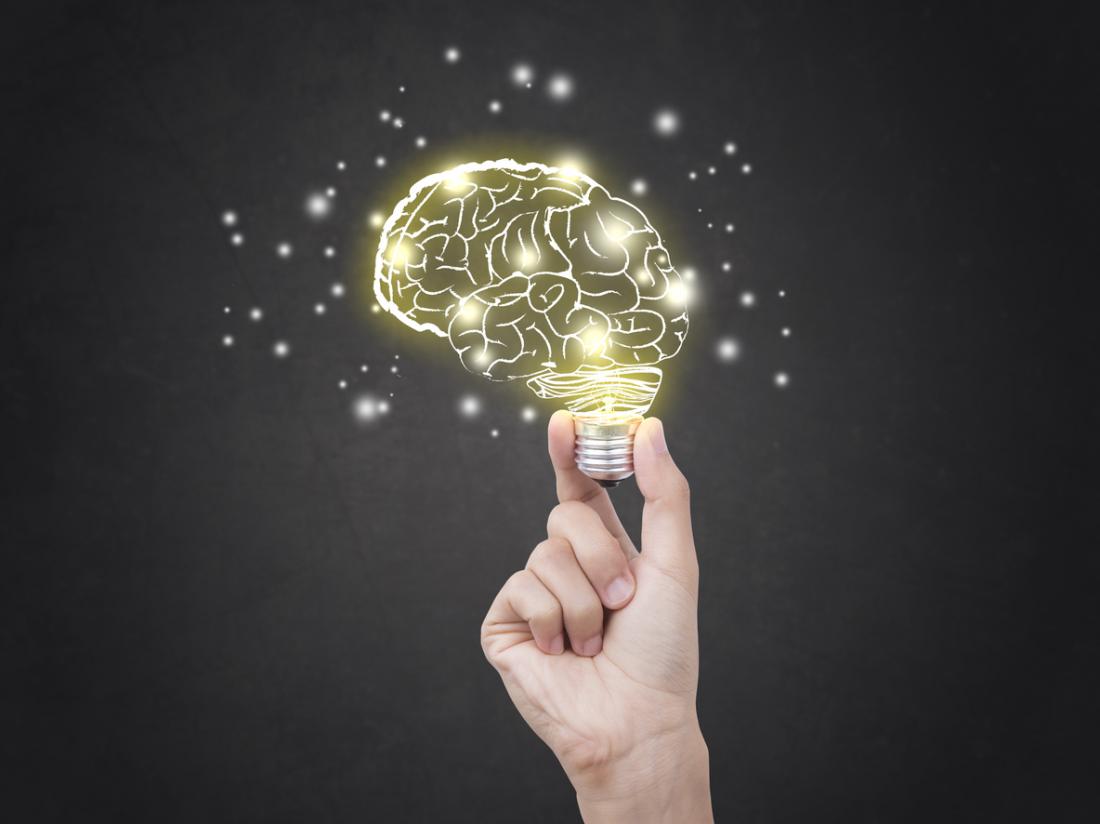
word count:499
Reference:
Godden, D. R., & Baddeley, A. D. (1975). Context-dependent memory in two natural environments: On land and underwater. British Journal of Psychology, 66(3), 325–331.
Romm, C. (2016, May 23). How to Turn Any Random Object Into a Memory Cue. Retrieved from http://nymag.com/scienceofus/2016/05/how-to-turn-any-random-object-into-a-memory-cue.html
Fig. 6 https://mrskla.wordpress.com/category/bulletin-board/page/2/